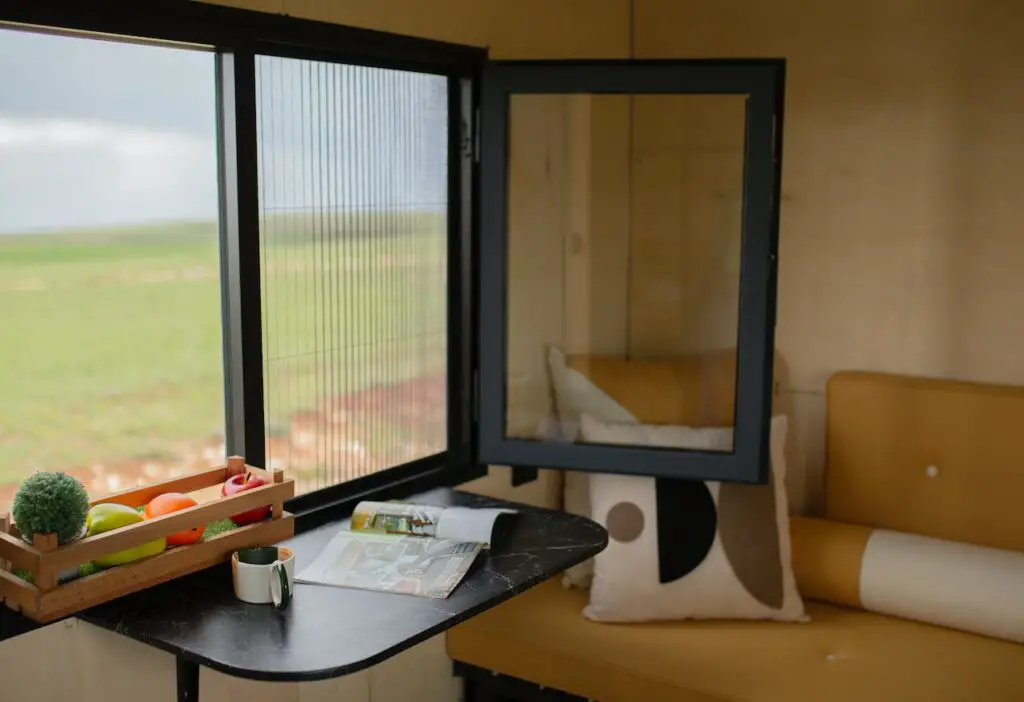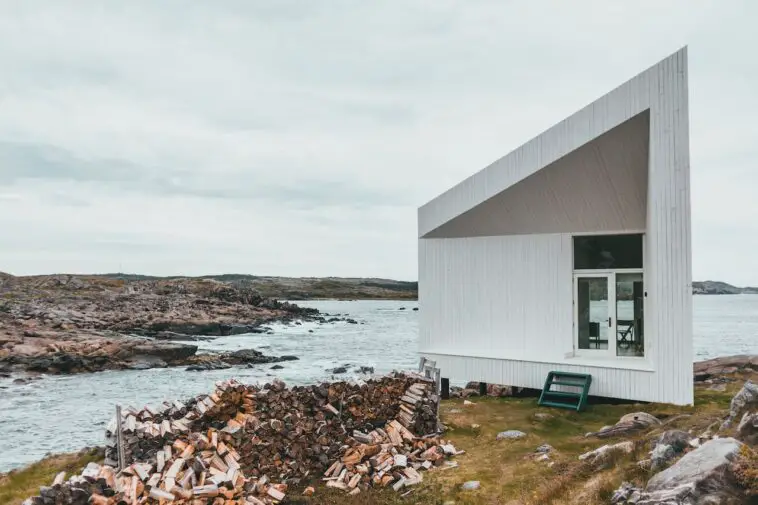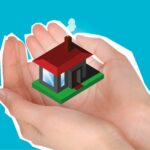Living off-grid has become increasingly popular, especially among those seeking a simpler, more sustainable lifestyle. This way of life, often in remote locations and sometimes in unique homes like container houses, offers independence and a closer connection to nature.
However, circumstances change, and for various reasons, some people find themselves considering a move back to on-grid living. The decision may be based on factors such as the need for better access to services, changes in family circumstances, or even the desire for greater convenience. Whatever the reason, you’ll need to know what to do to connect to the grid. In this article, we will go over several steps.
1. Prepare for the transition
Making the switch from off-grid to on-grid living requires careful preparation and assessment of your current situation. The first step is to thoroughly evaluate your off-grid setup. This involves understanding what changes need to be made to your home to connect to public utilities.
For instance, if your home relies on solar panels for electricity and a rainwater catchment system for water, you’ll need to plan for direct pipe installation and electrical grid connection.
Another crucial aspect is understanding the legal considerations and zoning laws of on-grid living. Zoning laws can vary significantly from one area to another and may impact the kind of modifications you can make to your property.
Lastly, budget planning for the transition is vital. The costs can vary depending on the area and who the providers are so it’s important to get quotes from service providers and contractors to understand these expenses fully.
2. Adjust your lifestyle
When living off-grid, tasks like monitoring energy usage, water supply, and waste disposal are a significant part of daily life. Moving to on-grid, these are taken care of by public utilities, leading to a noticeable change in how you manage your household. What all this means is that you’ll need to make some changes to your lifestyle.
Reconnecting to the grid also means adapting to a more connected lifestyle. On-grid living often brings with it easier access to the internet which can lead to increased digital engagement. This connectivity will be a big adjustment, especially if you’ve been accustomed to a more disconnected, quieter off-grid life.
It’s still possible to live with some of the elements of off-grid living. For instance, if you’ve enjoyed the sustainability aspect of off-grid life, you can continue to use eco-friendly practices in your on-grid home. Many people who live on the grid grow small backyard gardens, practice upcycling, and use energy-saving appliances.

3. Keep a small carbon footprint
Moving from an off-grid to an on-grid lifestyle can have a noticeable impact on your carbon footprint. Off-grid living often involves using renewable energy sources like solar or wind power, which have a lower environmental impact compared to the traditional energy sources that typically power the grid.
When you transition back to the grid, you rely more on energy sources that contribute to carbon emissions. However, this shift doesn’t necessarily mean you have to compromise on your environmental values.
There are several strategies you can adopt to maintain an eco-friendly lifestyle while living on the grid. One simple way to do this is to be conscious of your energy consumption. Start by using energy-efficient appliances, and smart home technologies that help monitor and reduce energy use.
Another strategy is to go for renewable energy options for your on-grid home. Many utility companies offer green energy programs, allowing you to choose renewable energy sources for your electricity supply. Investing in solar panels or small wind turbines allows you to generate a portion of your energy sustainably.
4. Understand the costs
Switching back to the grid can be expensive, especially if you live in a remote area. It’s important to do a cost analysis before you start the transition.
Connecting to the public utilities is going to incur some expenses. This could involve fees for connecting to the electrical grid, water supply, and sewage systems. If your home needs a series of upgrades to accommodate these connections can add to the expense. For instance, you may need to install new wiring or plumbing.
Luckily there will also be some benefits that come in the way of savings when you switch to the grid. Off-grid living often requires a big upfront investment in alternative energy systems and ongoing maintenance costs. Connecting to the grid might reduce or eliminate these expenses. Houses on the grid also usually get more competitive energy rates, especially in areas where electricity and water are subsidized or less expensive due to economies of scale.
Adding to the savings, many regions offer incentives for homeowners to upgrade their properties for energy efficiency or to install renewable energy systems. These incentives can offset some of the costs of transitioning and make it more financially viable.
Conclusion
Transitioning from an off-grid to an on-grid lifestyle is a significant change that will change various aspects of your life. There will be adjustments that range from the practical, environmental, and financial among others.
It’s important to remember that moving to on-grid living doesn’t mean abandoning the principles and values you may have embraced while living off-grid. You can have the best of both worlds by getting back on the grid while still living a lifestyle that aligns with your values of sustainability.




